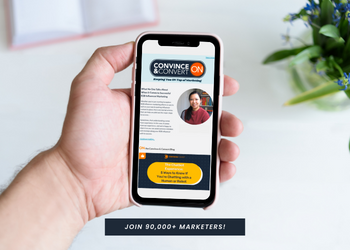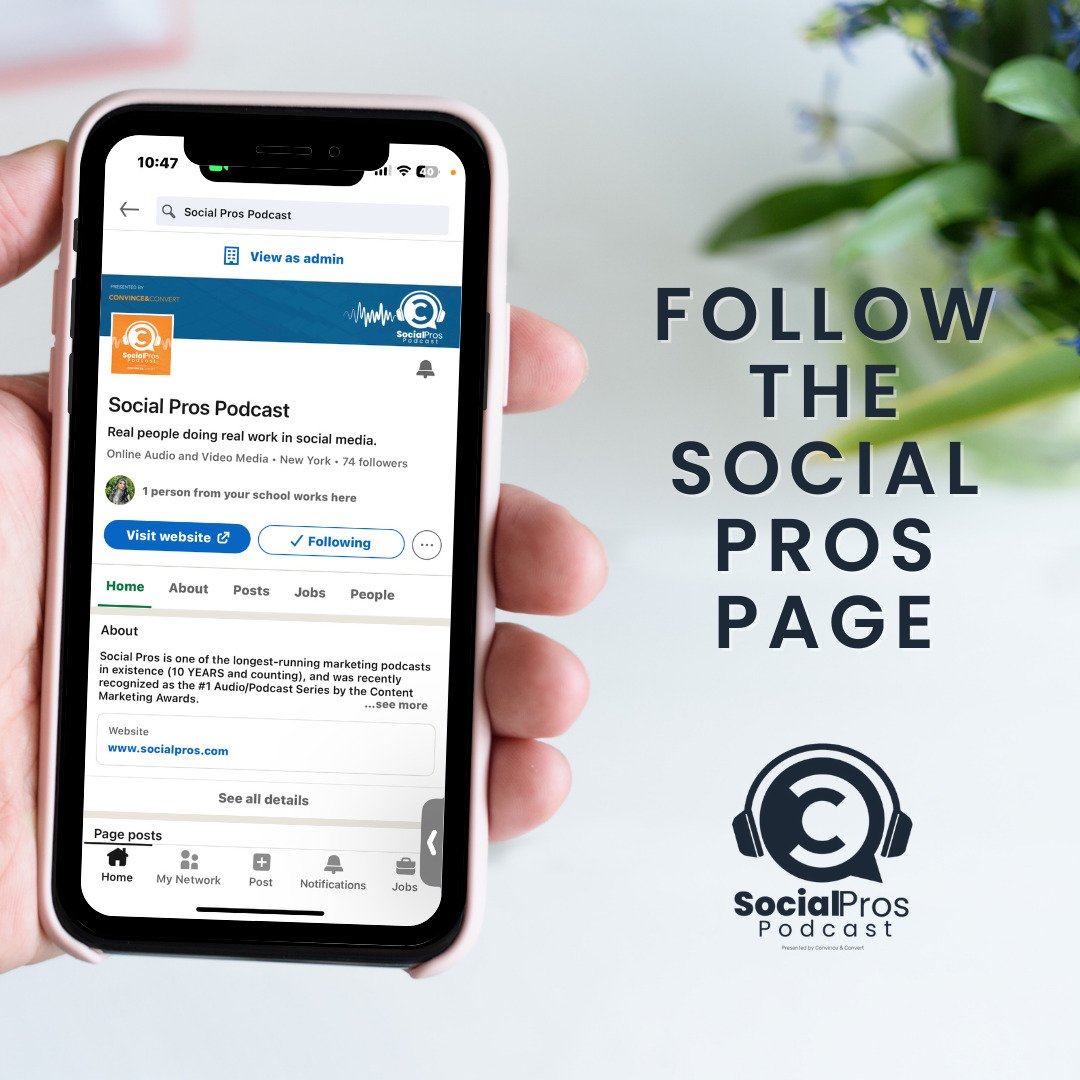
 Amazing how far the pendulum has swung for corporate social media.
Amazing how far the pendulum has swung for corporate social media.
In just three years, we’ve moved from skepticism and suspicion of social media as an activity worthy of support, to the present scenario with rampant social participation proliferation. The most endangered word in social media today is “no” as social media managers and governance councils are embracing myriad social opportunities because…..well, they often don’t really know why.
I’ll grant that Facebook is almost a must-do. Facebook is a post-modern version of the Yellow Pages – a marketing tactic you have to embrace because of its utter pervasiveness. Twitter too, especially given its role in social media customer service provision. But beyond those big two, what social channels are required?
Why, specifically, are you on Pinterest? Why, specifically are you on Instagram? Why, specifically are you on YouTube, Google Plus or beyond? Why do you now feel the need to have four Twitter accounts?
Are you committing time and effort to these other social venues because you have a clear, delineated strategy with distinct KPIs? Or are you participating there because a few of your customers like your Instagram photos? Are you doing a few things great, or are you engaging in manifest destiny social strategy, and building a company outpost every time new real estate looks attractive?
How Much Social is Too Much Social?
Here’s the test, inspired by an entreaty from my friend Tom Webster (from Edison Research), who asks marketers to try to prove themselves wrong, rather than trying to prove themselves right:
Open a new document in your word processing program of choice, and then for each social outpost you have, justify that participation using disappearance logic. Try to make the case that each is strategically important based on what would happen if you closed up shop on that social network immediately.
For example: “If we ceased participation on Pinterest, approximately 3% of our sales, 7% of our new email newsletter subscribers, and 11% of our overall website traffic would be eliminated (or would have to come from elsewhere). However, we would gain approximately 6 hours per week of human capital.”
If you can make the strategic and mathematic case to yourself that clear negative consequences would arise if you bailed, then you have a fully realized social strategy for that channel. If you can’t make that case, you’ve got some work to do to better understand and justify why you’re spreading your efforts across so many outposts.

